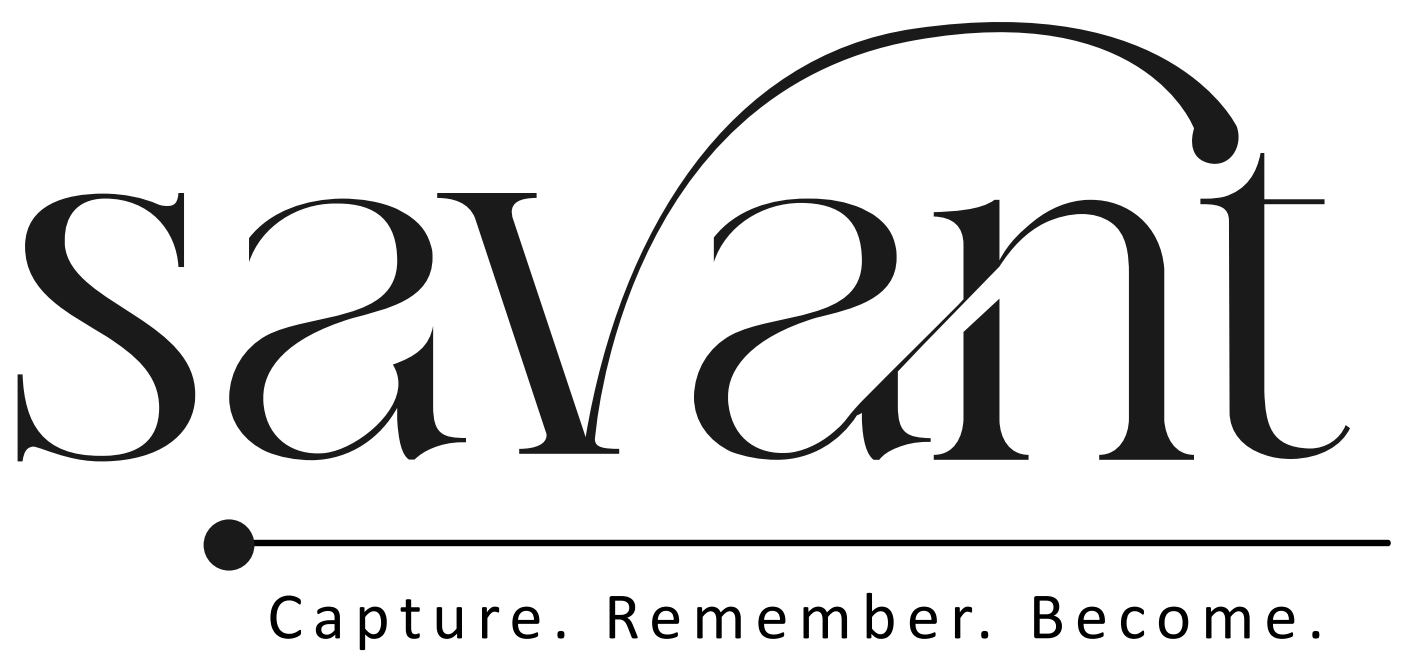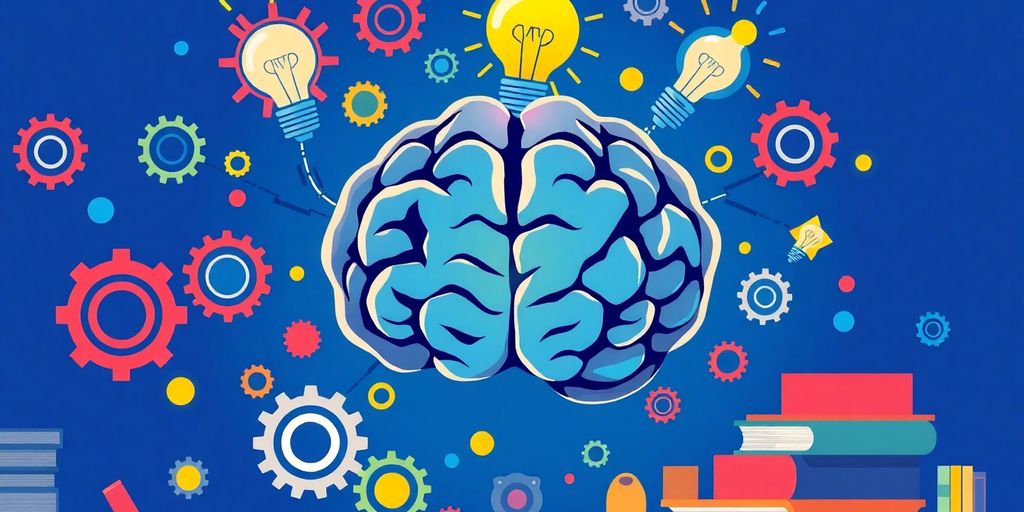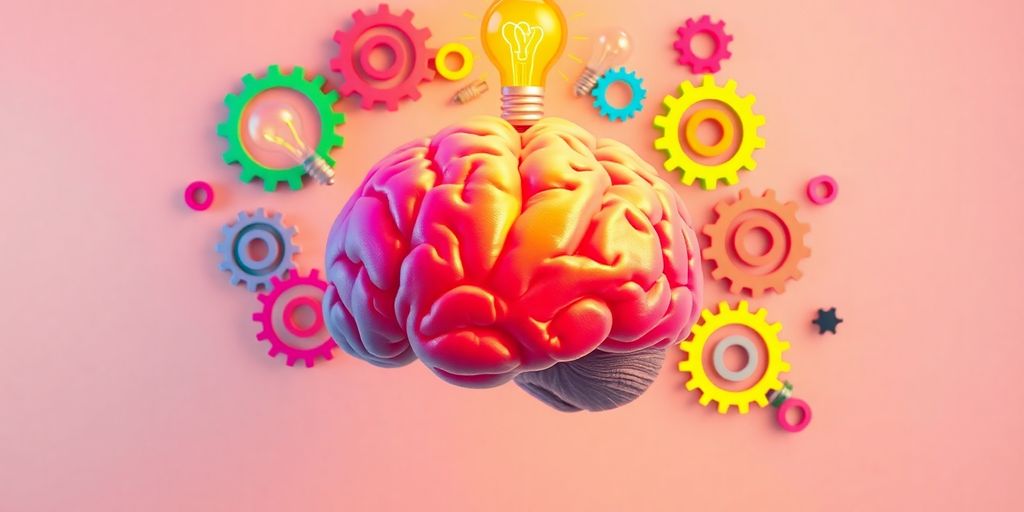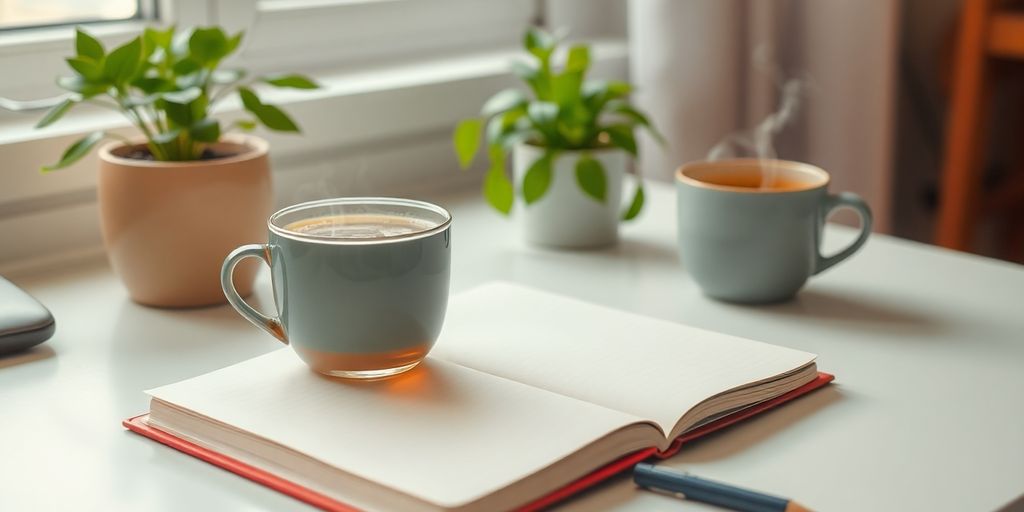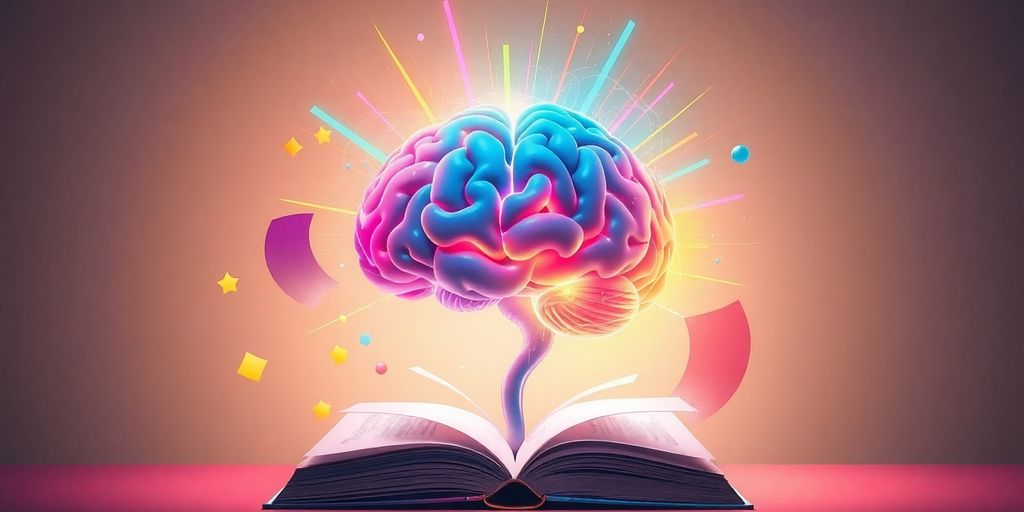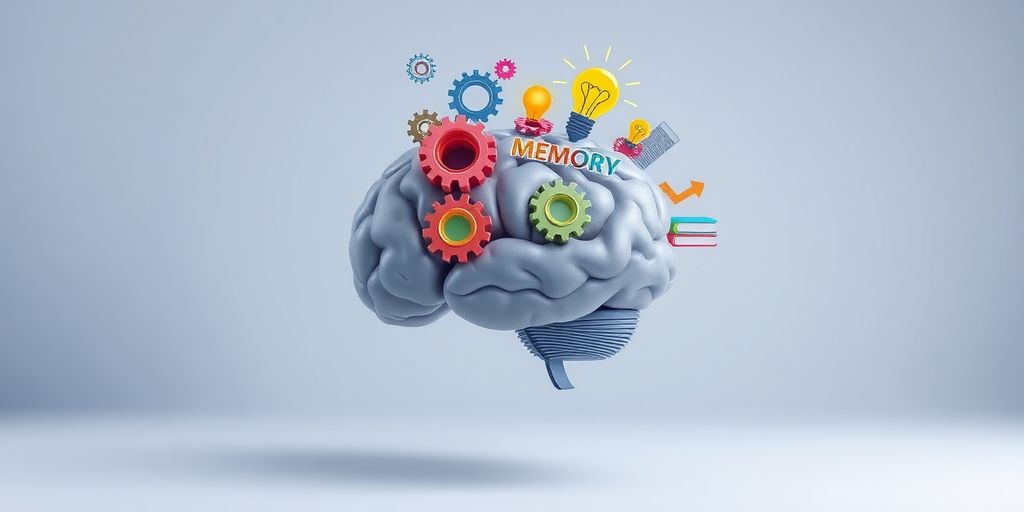Memory is a vital part of who we are, and as we grow older, it can start to fade. Luckily, science has shown that our brains can change and grow new connections, a process called neuroplasticity. This means that anyone can improve their memory with the right techniques and habits. In this article, we will explore ten proven methods on how to train my memory, helping you to remember better and live a more fulfilling life.
Key Takeaways
- Repetition helps strengthen memory connections, but it’s important to test yourself later for better recall.
- Using acronyms and mnemonic devices can make remembering lists much easier.
- Chunking information into smaller parts helps your brain process and remember it better.
- Engaging multiple senses when learning can enhance memory retention.
- Regular exercise is beneficial not just for your body but also for your memory.
1. Repetition
Repetition is a simple yet powerful way to boost your memory. When you repeat information, you strengthen the connections in your brain. This means that the more you go over something, the easier it becomes to remember it later. Here are some fun ways to use repetition effectively:
- Say it out loud: Speaking the information helps your brain process it better.
- Write it down: Jotting down notes and reading them can reinforce your memory.
- Test yourself: After some time, try to recall the information without looking at your notes. This is known as active recall and is a great way to improve retention.
| Technique | Description |
|---|---|
| Spaced Repetition | Review information over increasing intervals. |
| Active Recall | Test yourself on the material without notes. |
| Verbal Repetition | Repeat information out loud to reinforce memory. |
Remember, the key to effective repetition is to give your brain time to absorb the information. Allow breaks between study sessions to help solidify what you’ve learned.
Using repetition wisely can lead to lasting improvement in your memory skills!
2. Acronyms
Acronyms are a fun and effective way to boost your memory! They help you remember complex information easily. By taking the first letter of each word in a phrase, you can create a simple word that sticks in your mind. For example, think of the acronym ROY G. BIV, which helps you remember the colors of the rainbow: Red, Orange, Yellow, Green, Blue, Indigo, and Violet.
Here are some tips for using acronyms effectively:
- Keep it simple: Make sure your acronym is easy to say and remember.
- Make it meaningful: Choose words that relate to the information you want to remember.
- Use it often: The more you use your acronym, the better you’ll remember it!
Acronyms can be especially helpful in school or work settings. For instance, if you’re learning about the scientific method, you might use the acronym "PHEOC" to remember the steps: Problem, Hypothesis, Experiment, Observation, and Conclusion.
Remember, using acronyms is just one of many mnemonics that can help improve your memory. They make learning fun and engaging!
3. Chunking
Chunking is a super handy memory trick that helps you remember things by breaking them into smaller, more manageable pieces. Instead of trying to memorize a long list all at once, you group similar items together. This makes it way easier to recall them later!
How Chunking Works
- Group Information: When you have a lot of information, like a phone number or a grocery list, try to divide it into smaller sections. For example, instead of remembering 1234567890, think of it as 123-456-7890.
- Limit Your Chunks: Aim for about 5 to 7 items in each group. This is often called the "magic number" for memory.
- Use Categories: You can chunk information by categories, like grouping fruits, vegetables, and dairy when making a shopping list.
Benefits of Chunking
- Easier Recall: It’s much simpler to remember smaller groups than one big list.
- Better Organization: Chunking helps you organize information logically, making it easier to understand.
- Improved Focus: By focusing on one chunk at a time, you can reduce stress and improve your concentration.
Remember, chunking isn’t just for lists! You can use it for studying, organizing projects, or even remembering names. The more you practice, the better you’ll get at it!
4. Mind Palace

The Mind Palace technique, also known as the method of loci, is a fun and effective way to remember things. Imagine a place you know really well, like your home or school. Now, picture different spots in that place where you can store information you want to remember. For example, you might visualize your kitchen for a grocery list or your bedroom for a list of names.
How to Create Your Mind Palace
- Choose a familiar location: Pick a place you know inside and out.
- Visualize specific spots: Think of different areas in that location where you can place items you want to remember.
- Associate items with locations: Link each item to a specific spot. For instance, imagine a loaf of bread on your kitchen table.
Tips for Success
- Use vivid imagery: The more colorful and exaggerated your images, the easier they will be to recall.
- Practice regularly: The more you use your Mind Palace, the better you’ll get at it. You might even end up using your entire house!
- Keep it organized: Make sure each item has its own unique spot to avoid confusion.
The Mind Palace technique is a powerful tool that can help you store and retrieve information easily. With practice, it can become second nature!
5. Sensory Engagement
Using all your senses can really help you remember things better. When you engage multiple senses, you create stronger memories. Here are some ways to use sensory engagement:
- Visualize: Picture what you’re learning. Try to see colors, shapes, or even movements in your mind.
- Listen: Say the information out loud or listen to music that relates to what you’re studying. This can make it more memorable.
- Touch: If possible, handle objects related to the information. For example, if you’re learning about plants, touch the leaves or soil.
Engaging your senses can make learning more fun and effective.
Remember, the more senses you use, the more connections your brain makes, which helps you recall information later!
6. Active Recall
Active recall is a powerful technique that helps you remember information better. Instead of just reading or listening, you actively try to retrieve the information from your memory. This method is like a workout for your brain! Here are some ways to practice active recall:
- Use Flashcards: Write questions on one side and answers on the other. This helps you test yourself and enhances memory recall.
- Practice Self-Testing: After studying, close your notes and try to write down everything you remember. This forces your brain to work harder.
- Teach Someone Else: Explaining what you’ve learned to someone else can help solidify your understanding and memory.
Active recall is not just about memorizing; it’s about creating connections that last.
By using active recall, you can make your study sessions more effective and enjoyable. Remember, the more you engage with the material, the better you’ll remember it!
7. Visualization
Visualization is a powerful tool that can help you remember things better. By creating mental images, you can make information stick in your mind. The more vivid and colorful your images, the easier it is to recall them later!
How to Use Visualization Effectively
- Create Mental Pictures: When trying to remember something, picture it in your mind. For example, if you need to remember a grocery list, imagine each item in a fun or silly way.
- Use Colors and Shapes: Adding colors and shapes to your mental images can make them more memorable. Think of a bright red apple or a big blue balloon.
- Connect Ideas: Link new information to something you already know. For instance, if you’re learning about a new country, visualize its flag or a famous landmark.
Benefits of Visualization
- Improves Recall: Visualizing information can help you remember it better.
- Engages Your Imagination: It makes learning more fun and creative.
- Helps with Complex Information: Breaking down complicated ideas into images can simplify them.
Visualization is not just for artists or designers; it’s a skill everyone can develop to boost their memory!
By using visualization techniques, you can turn boring facts into exciting images that are easier to remember.
8. Storytelling
Storytelling is a fun and creative way to boost your memory. By turning information into a story, you can make it easier to remember. The more colorful and exaggerated your story, the better! Here’s how you can use storytelling to improve your memory:
How to Use Storytelling for Memory
- Create a Narrative: Start by linking the items you want to remember into a story. For example, if you need to remember a grocery list, imagine a character who goes on an adventure to find each item.
- Add Details: Make your story vivid! Include funny or silly details that will stick in your mind. The crazier the story, the easier it will be to recall.
- Practice Retelling: Once you have your story, practice telling it. The more you tell it, the more it will stick in your memory.
Storytelling not only helps you remember facts but also makes learning enjoyable. So, let your imagination run wild!
Using storytelling can turn boring lists into exciting adventures, making it a powerful tool for memory improvement.
9. Flashcards
Flashcards are a fantastic way to boost your memory! They help you break down information into smaller, manageable pieces, making it easier to remember. Using flashcards can lead to efficient retention of what you’re studying. Here’s how to make the most of them:
- Create Your Flashcards: Write down a question on one side and the answer on the other. You can use different colors to make them visually appealing.
- Use Spaced Repetition: Study the harder cards more often than the easier ones. This technique helps challenge your memory and strengthens your recall.
- Test Yourself: Regularly quiz yourself with the flashcards. This active recall practice is proven to enhance memory retention.
Flashcards are not just for studying; they can also be your secret weapon during presentations or speeches. They’re easy to hold and glance at when you need a quick reminder.
In summary, flashcards are a simple yet powerful tool to help you learn and remember information effectively. So, grab some cards and start creating your own today!
10. Regular Exercise
When it comes to boosting your memory, exercise can be a game changer! Not only does it keep your body fit, but it also helps your brain stay sharp. Research shows that regular physical activity can improve memory and thinking skills for people of all ages. Here’s how:
- Improves Mood: Exercise releases endorphins, which can make you feel happier and less stressed. A better mood can lead to better focus and memory retention.
- Enhances Sleep: Getting enough sleep is crucial for memory. Regular exercise can help you sleep better, which in turn helps your brain function well.
- Reduces Stress: Physical activity can lower stress levels, making it easier for you to concentrate and remember things.
| Benefit of Exercise | Description |
|---|---|
| Boosts Brain Health | Increases neuroprotective proteins and neuron growth |
| Lowers Dementia Risk | Regular exercise in midlife can reduce dementia risk |
| Improves Cognitive Performance | Even short workouts can enhance memory and thinking skills |
Regular exercise brings incredible benefits for your whole body, including your brain. Even moderate exercise for short periods has been shown to improve cognitive performance, including memory, across all age groups.
So, whether it’s a brisk walk, a fun dance class, or a game of basketball, find an activity you enjoy and make it a part of your routine. Your brain will thank you!
Wrapping It Up: Boosting Your Memory
In conclusion, improving your memory doesn’t have to be a chore. With a few fun and easy techniques, you can train your brain to remember more and forget less. Whether it’s through using catchy acronyms, practicing mindfulness, or even getting a good night’s sleep, every little bit helps. Remember, your brain is like a muscle; the more you use it, the stronger it gets! So, don’t hesitate to try out these tips and see what works best for you. With a little practice and patience, you’ll be amazed at how much your memory can improve!
Frequently Asked Questions
What is the best way to improve my memory?
To boost your memory, try techniques like repetition, chunking information, and using acronyms. Regular practice and engaging all your senses can also help.
How often should I practice memory techniques?
It’s best to practice memory techniques regularly. Short, spaced-out study sessions are more effective than cramming all at once.
Can physical exercise help my memory?
Yes! Regular exercise, especially aerobic activities, can improve brain health and boost memory.
What role does sleep play in memory improvement?
Sleep is very important for memory. It helps your brain process and store information. Aim for a regular sleep schedule.
Are there any foods that can help my memory?
Eating a balanced diet with healthy fats, fruits, and vegetables can support brain health. Foods like fish and nuts are especially good for memory.
How can I make learning more effective?
Try to make learning fun by using stories or visual images. Engaging your creativity can help you remember better.
